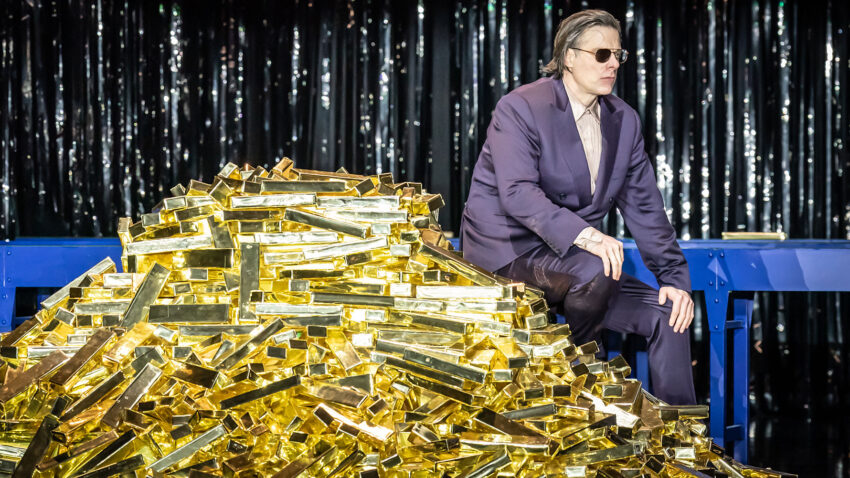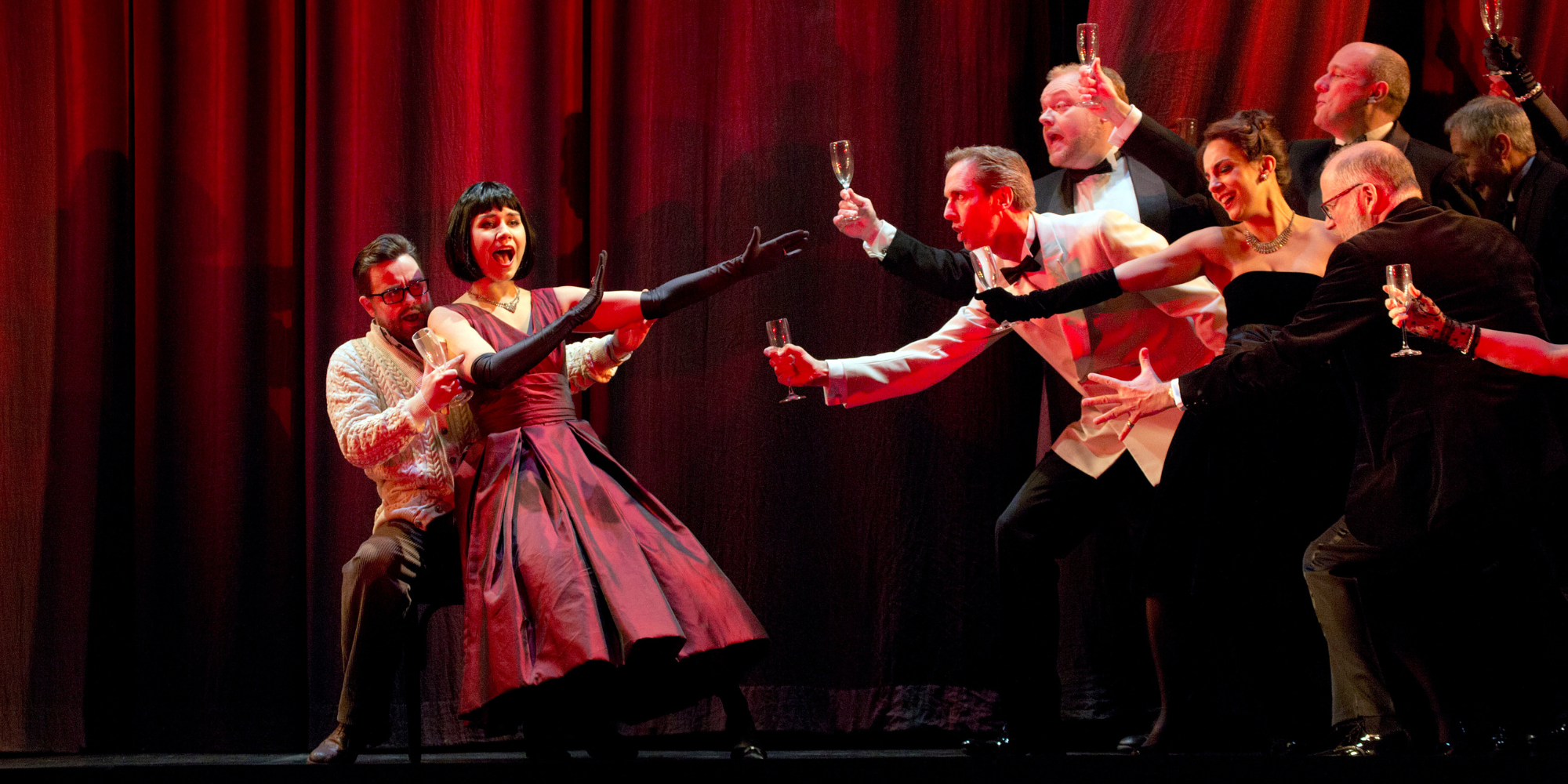He led the German Romanticism movement
The late 18th Century saw the dawn of a new era in German speaking countries known as German Romanticism, which influenced art, literature and aesthetics of the time.
Wagner was one of the key composers in the ‘War of the Romantics’ which saw conflict between the older and more conservative musicians, with the newer, more radical ones.
Wagner was on the revolutionary side of the battle, along with composer and pianist Franz Liszt – the father of Wagner’s second wife, Cosima von Bülow.
They wanted to alter the course of music by experimenting with new writing styles and musical forms, resulting in Wagner’s famous compositions, such as ‘Ride of the Valkyries‘, many of which remain popular with audiences today.

He pioneered a new opera genre known as ‘Music Drama’
In his essays, Art and Revolution (1849) and The Artwork of the Future (1849), Wagner coined the German term ‘gesamtkunstwerk’, which means ‘total work of art’. He wanted to reunite the most common forms of art – music, drama, poetry and staging – back together, as he felt that contemporary opera genres like Grand Opera had pulled them apart.
Wagner developed this concept further in his novel Opera and Drama (1851), where he outlined his idea of the perfect opera. He believed that Ancient Greek myths and tragedies were the closest example of a ‘total work of art’. Perhaps that’s why he chose Norse mythology as the subject of his opera Der Ring des Nibelungen (The Ring Cycle), which is widely considered as the best example of a music drama.
This synthesis of different art forms lends itself to what Wagner hoped to do – setting epic tales and myths into a stage setting.
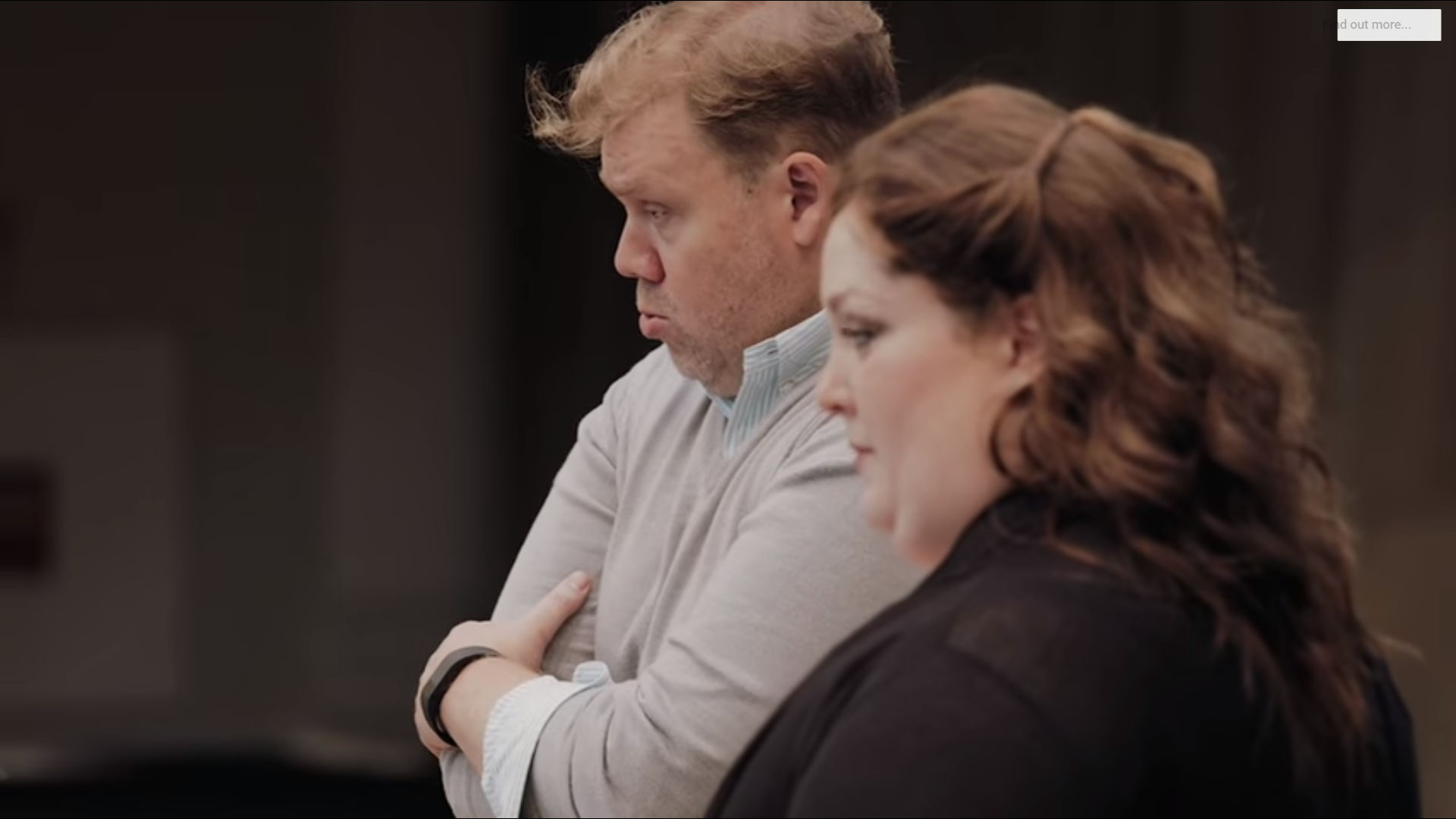
His four-cycle-opera, Der Ring des Nibelungen, is like nothing you’ve seen before.
Wagner’s masterpiece, The Ring Cycle, was a labour of love. Taking over a quarter of a century to complete, it’s composed of four operas – Das Rheingold, Die Walküre (The Valkyrie), Siegfried and Götterdämmerung (Twilight of the Gods).
It totals an unparalleled 16 hours of music, which had never been done before, and is yet to be done again.
The four operas can be performed as a whole or as stand alone pieces. The characters are based on Norse Gods, with the overarching story of Wotan, the King of the Gods stealing a cursed ring from dwarf Alberich, which is similar to the famous fantasy novel Lord of the Rings.
Each individual opera has their own epic tale of love, family and power, all tied together by Wagner’s beautiful, romantic score.
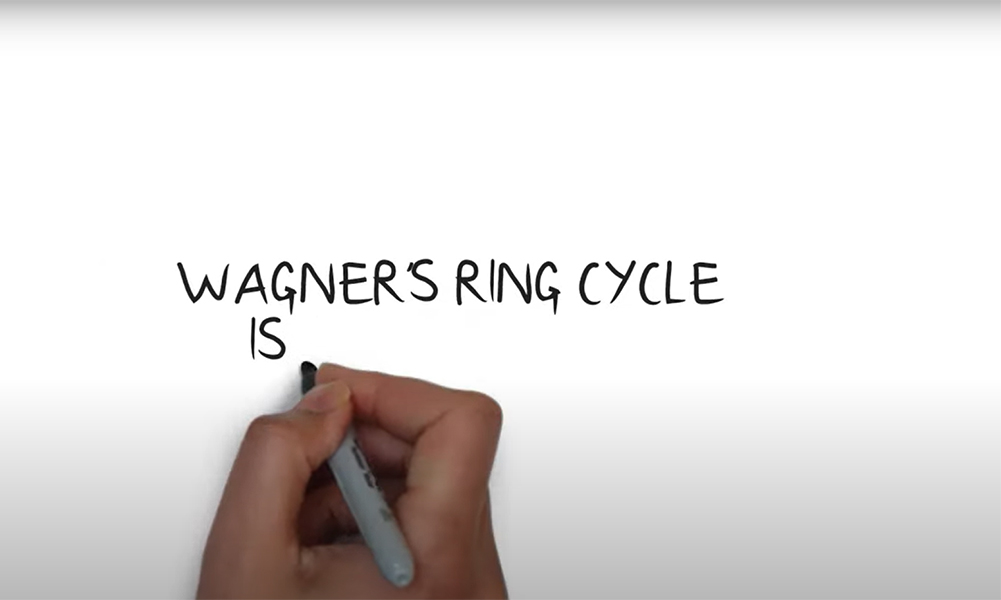
He was a leading exponent of Leitmotif
Wagner’s musical style can be described in one word – Leitmotif. Taken from the German word leitmotiv, they are recurring melodies associated with characters, objects, themes or emotions known as ‘musical motives’. They can constantly change throughout a piece of work depending on how Wagner wanted the audience to feel at that moment in time.
Wagner’s Ring Cycle is one of the best examples of using leitmotifs, particularly in Das Rheingold. We’re unsure exactly how many leitmotifs are used throughout the whole piece, but one thing that is clear are the themes and circumstances in which they are deployed. For example by evoking a feeling of servitude or to denote the power of the ring itself.
Wagner’s leitmotifs can be seen throughout his work, but also in musical compositions today, with the likes of modern composer John Williams taking inspiration from Wagner in his use of Star Wars leitmotifs.

He is considered as the start of modern music
Wagner paved the way for his predecessors. Many late nineteenth and twentieth century composers had Wagnerian influence in their work such as Richard Strauss and Alban Berg. He pushed the boundaries of opera using through-composed techniques, new singing styles known as ‘Wagnerian voices’, bigger orchestras and innovative staging unlike anything seen before.
One of his most famous operas, Tristan and Isolde, is often considered as the start of modern music. Wagner used new, exciting techniques in his composition such as chromaticism and harmonic suspension which influenced the musical style of contemporary composers, including Benjamin Britten and Maurice Ravel.
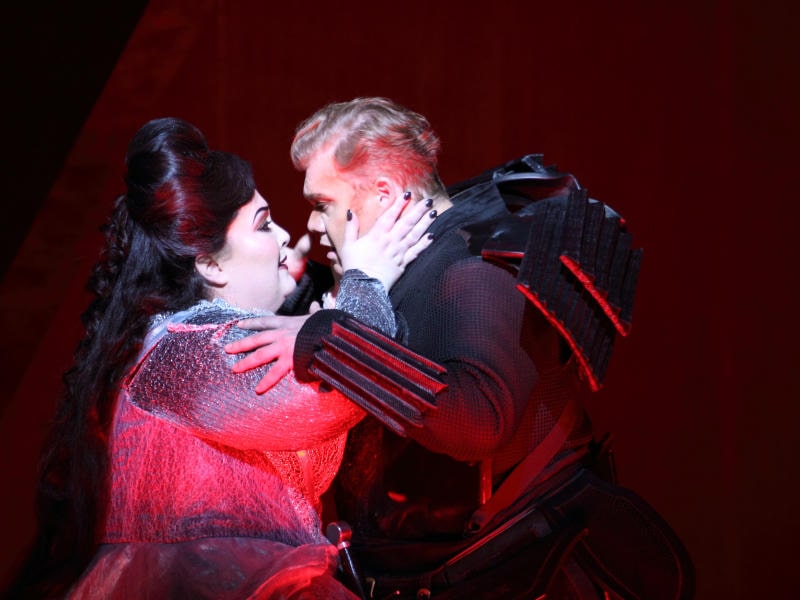
Set against the rich landscape of Norse mythology, giants, dwarfs, nymphs and deities quarrel and clash, with the fate of the nine worlds in the balance.
Richard Jones returned to the ENO to direct gripping new productions of Wagner’s The Rhinegold and The Valkyrie.
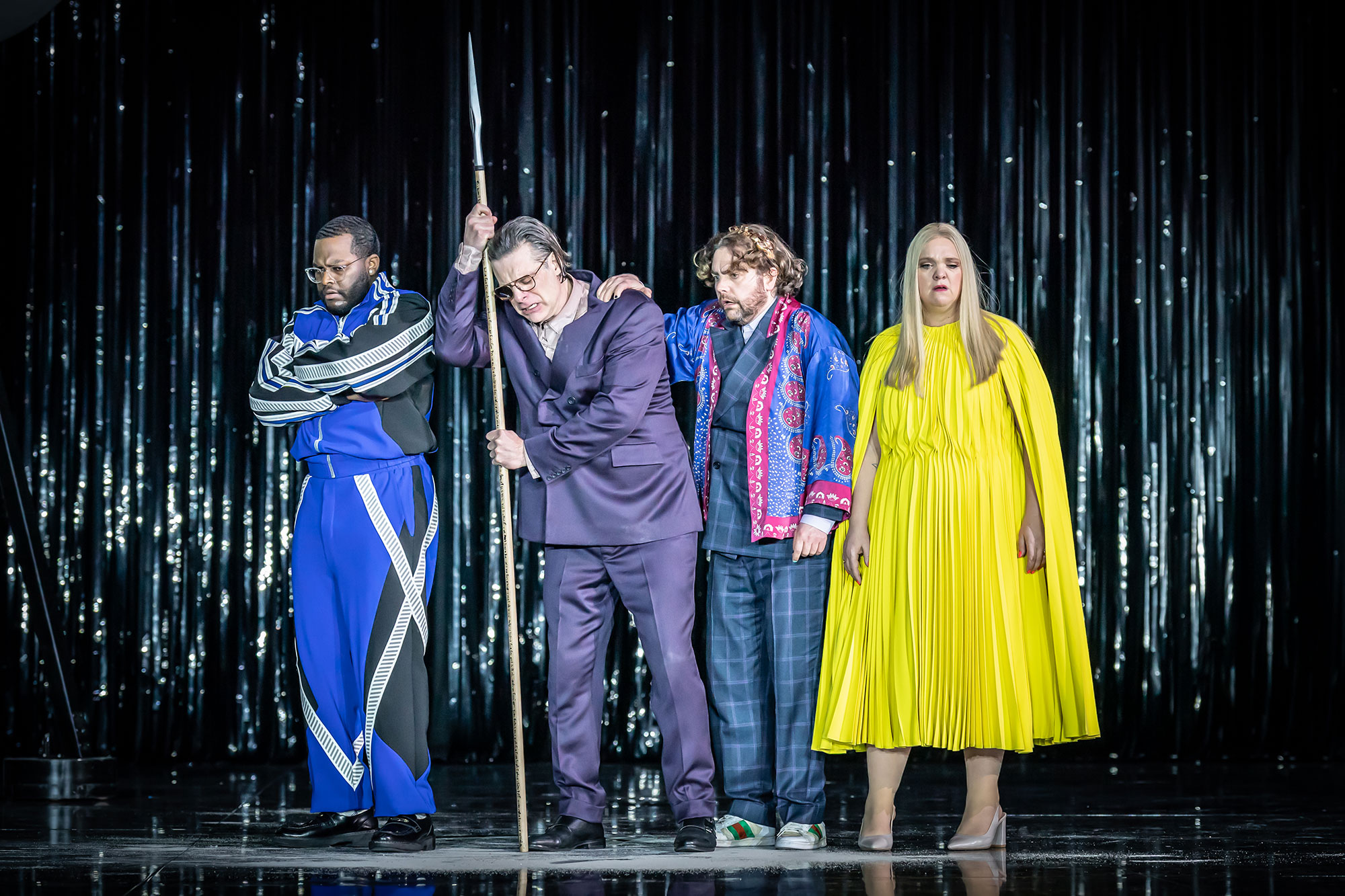
The Valkyrie is the second part of Wagner’s four-opera Ring saga.
The seeds of a final apocalypse are sown as the earth is plunged into conflict by scheming Gods in their search for power.
Set against the rich landscape of Norse mythology, a man pursued and a woman in love create a devastating dispute between father and daughter.


